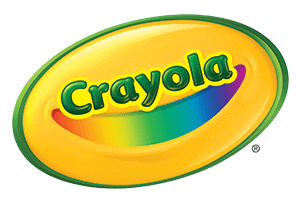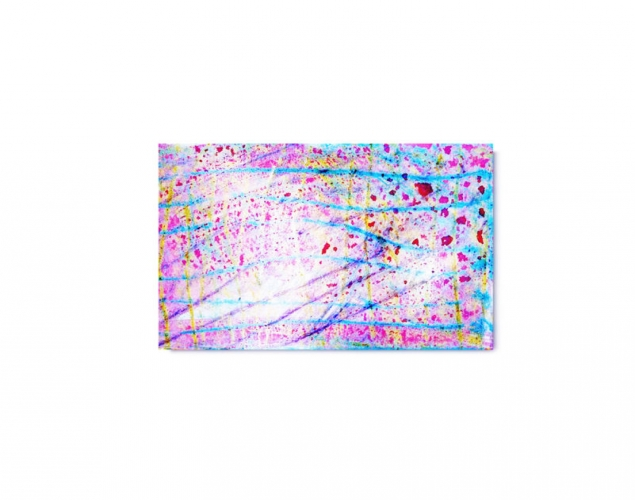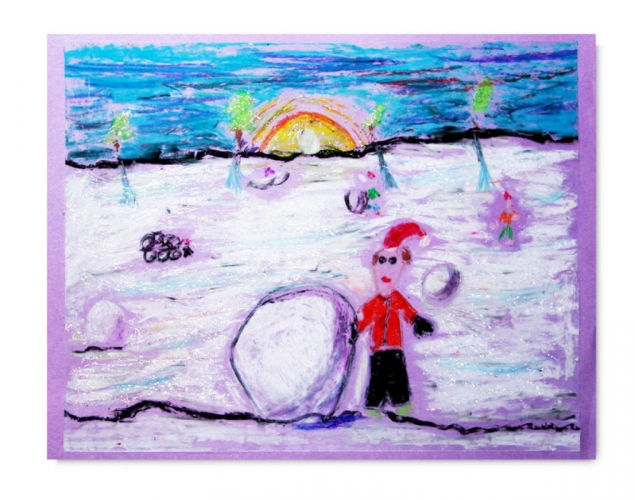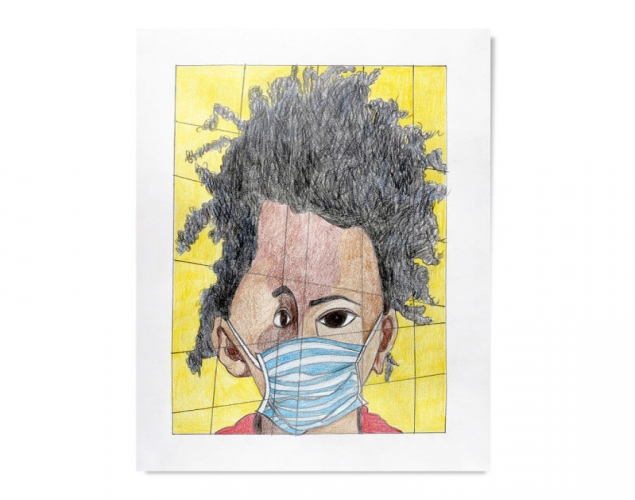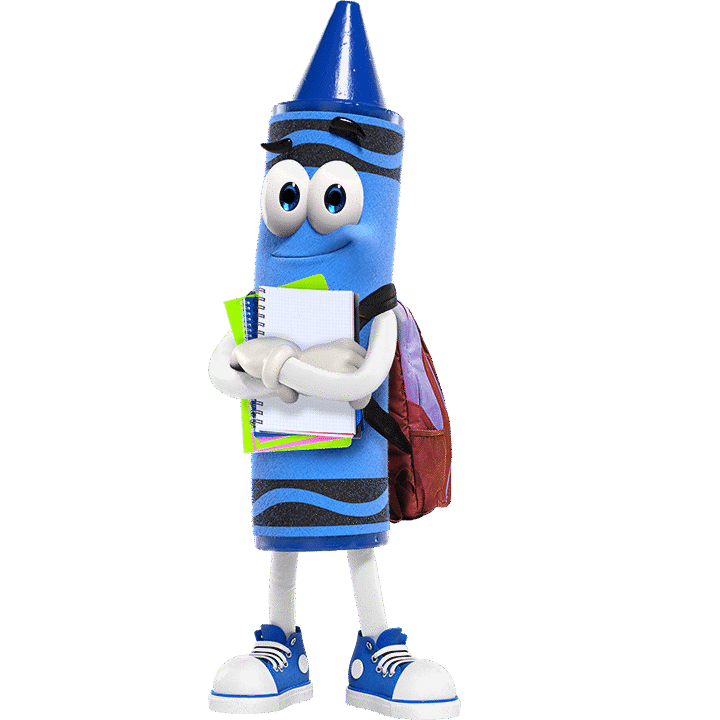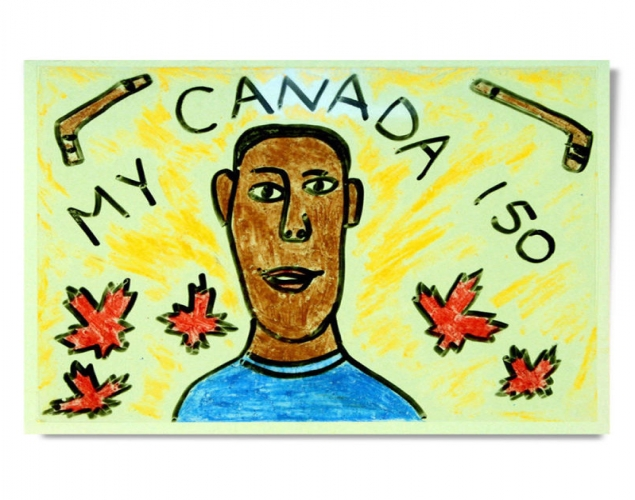
Supplies:
- Crayola Washable No-Run Glue
- Crayola Regular Crayons - Not Washable
- Crayola Watercolour Paints
- Crayola Paint Brushes
- Crayola Marker & Watercolour Paper - 22.9 cm x 30.5 cm (9" x 12")
- Water Containers
- Cardstock or Bristol Board Paper - 8 cm x 15 cm (3" x 6") - 3 per student
- Paper Towels
Steps:
1
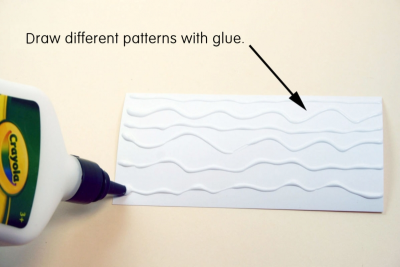
- Make 3 different texture cards.
- Draw different patterns on each of the pieces of Bristol board with glue.
2
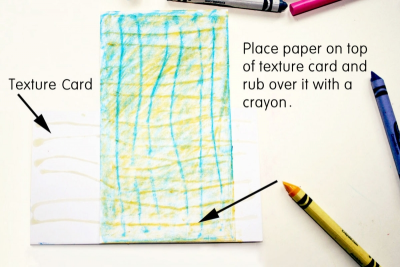
- Use the texture cards as rubbing plates.
- Place a piece of paper on top of the rubbing plate and colour over it with a crayon.
- This is called making a rubbing.
- See what happens when you place the paper on top of the plate in a different direction and use a different coloured crayon to make the rubbing.
3
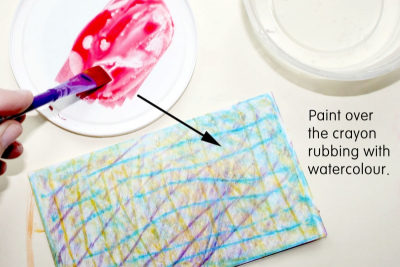
- Once you are satisfied with the rubbing paint over it with watercolour paint.
4
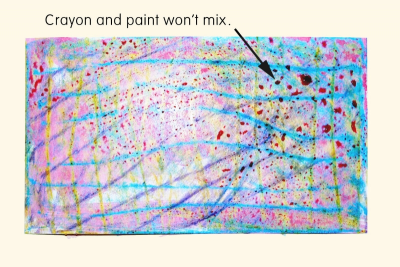
- The paint and crayon won't mix.
- Notice how the paint sits on top of the wax crayon creating interesting textures.
5
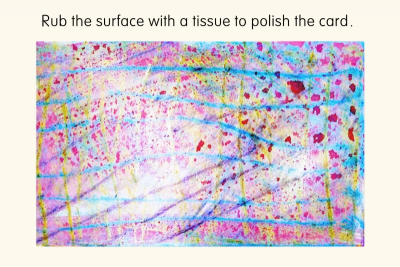
- When the paint dries you can polish the card by lightly rubbing it with a tissue.
- The card now looks as if it has 3-dimensional textures even though it is flat.
- This is called simulated texture.
Subjects:
Grades:
Grade 1,
Grade 2,
Grade 3,
Grade 4,
Grade 5,
Grade 6,
Grade 7,
Grade 8
